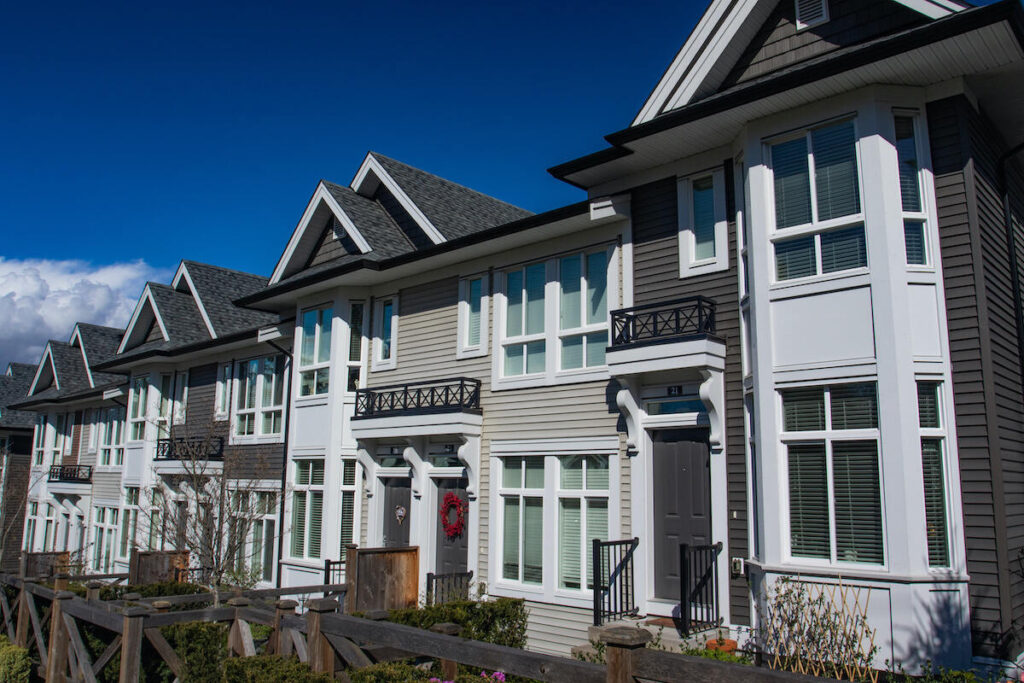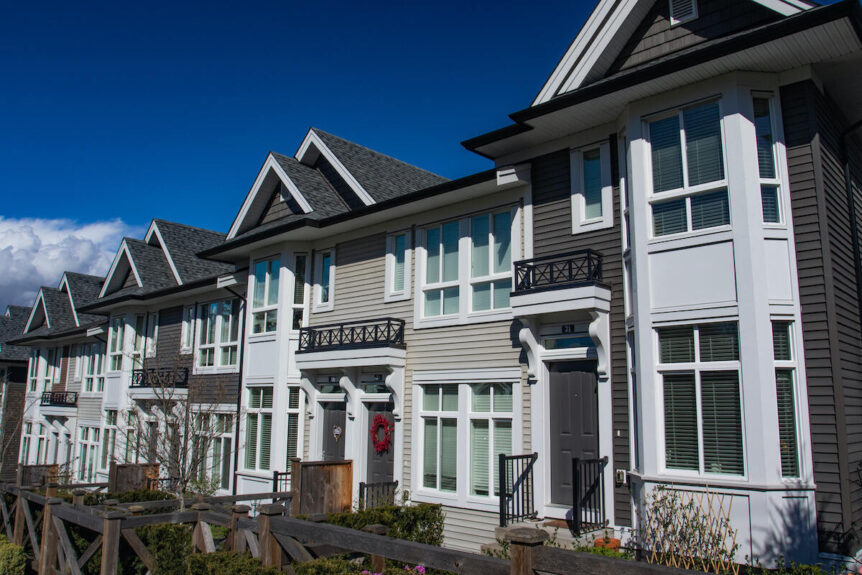
Source: National Association of Home Builders
In many communities, 2-4 unit multifamily housing (structures with two, three or four units) is the key to expanding the existing housing stock, in order to solve the housing shortage. Two-four unit multifamily residences such as duplexes, fourplexes, townhomes, courtyard buildings, and cottage courts provide much needed entry-level housing options and/or more affordable housing for the first-time home buyers and for those who find single-family homes out of reach. These types of houses have smaller footprints than single-family detached homes but lower density than larger apartment buildings. This can be ideal for single-person households or for baby boomers and other households choosing to downsize.
In 2020, similar to the broader multifamily market, 2-4 unit multifamily market was volatile due to uncertainty caused by the COVID-19 pandemic. Permit data for 2-4 unit multifamily market was lowest in April at 33,000 units (seasonally adjusted annualized rate), when the economic shut-downs were wide-spread across the county, and highest in October at 57,000 units. Looking at the quarterly averages for 2020, permits averaged 45,000 units per month in the first quarter, 38,000 units during the second quarter, 47,000 units in the third quarter, and rising to 52,000 units at the end of the year. These gains were consistent with a suburban shift witnessed for both single-family and multifamily construction, which will lead ultimately to market share gains for missing middle, light touch multifamily development.
Advertisement
Looking at the permit data for 2-4 unit multifamily market from 2000-2020, the peak was reached in 2004 at 90,000 units, while the lowest annual tally was during the Great Recession at 21,000 units. However, since the end of the Great Recession, this market segment has seen a slow climb and is yet to reach the highs recorded during the housing boom.



